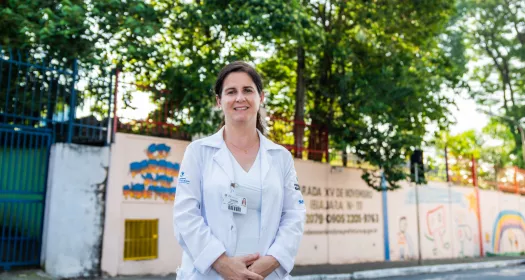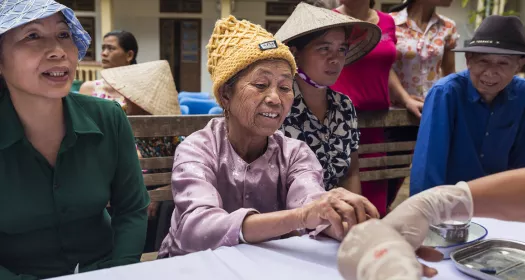Given its multifactorial causes, no single player can deal with cardiovascular disease (CVD) alone. CVD is the world’s leading cause of death and to truly address this burden, health authorities need to take a population approach to lower overall cardiovascular (CV) risk, rather than focus on treating the condition when symptoms arise.
It is essential that public and private sector stakeholders from across society – spanning health, urban planning, finance, technology, education, work, insurance, food and agriculture – all play a role. The main “end users” (health providers and patients) must also participate through relevant professional and patient associations.









